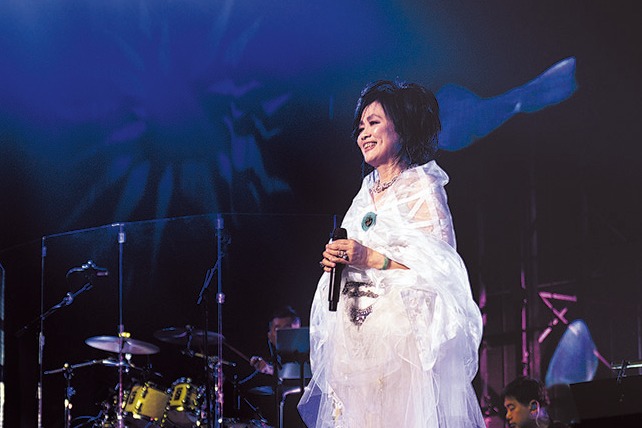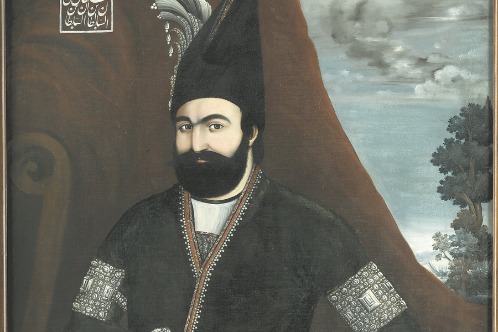On the 'write' side of history
Exhibition celebrates UNESCO's recognition of key archaeological site and inscriptions that confirm depth of Chinese civilization, Cheng Yuezhu reports.


"In ancient times, the way people communicated was almost animal-like. They could complete their communication with a few simple sounds. These simplistic expressions fascinate me greatly."
With a keenness that each one of his exhibitions should display new work with connections to the local culture, after returning from the field trip, he concentrated on creating a series of pieces centered on the pictographs.
An iconic piece in the exhibition is an art installation entitled Qianzishi (stones with a thousand characters), which features several hundred stones placed in circular, concentric layers, giving the work a radiating effect.
The inspiration for the exhibition comes from the Liangzhu city walls, the foundation of which are made of stacked stones. Seeing the walls during his field trip, Lu was immediately reminded of the architectural methods in his childhood village near Wenzhou, also in Zhejiang province, whereby locals built walls with stones found in the rivers and streams.
So, he and his brother went to collect stones from the river in his hometown and transported them to the museum.
Shi Xingeng (1911-39), the discoverer of the Liangzhu site, wrote a preface in his book reporting on the preliminary excavation of the ruins in the 1930s, which Lu replicated on the hundreds of stones.
"The preface moved me greatly. When he wrote and published the book, he had already joined the War of Resistance Against Japanese Aggression (1931-45) and Liangzhu was occupied by the Japanese army," Lu says.
"As a young intellectual who held such love for his hometown and his country, the preface was so much more than an archaeological report. It is his reflection on the culture of a nation."





































